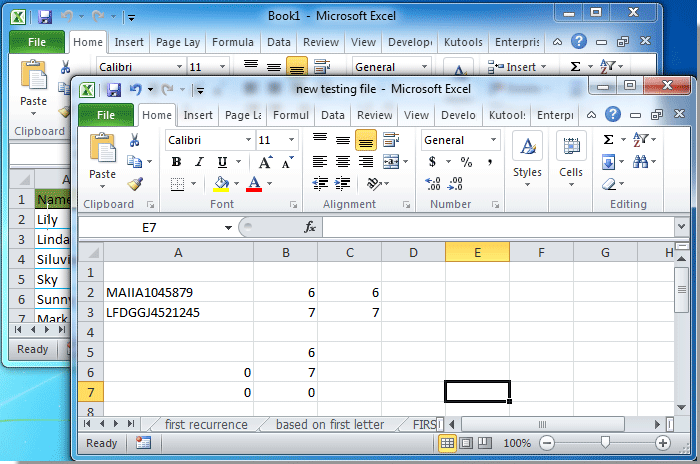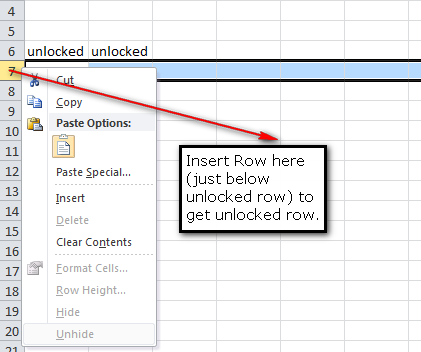5 Steps to Timely Domain Paperwork Before Your IEP

Understanding the Importance of Timely Domain Paperwork

Before delving into the steps necessary for timely domain paperwork, it's crucial to understand why this process is so important. Domain paperwork, especially when related to Individualized Education Programs (IEPs), ensures that students with disabilities receive the education and support they need in a timely manner. Without properly filed and timely paperwork, schools and educators might not have the legal framework to implement the required accommodations, leading to potential gaps in educational support.
Step 1: Collect and Organize Current Documents

The first step to ensuring timely domain paperwork is to collect and organize all current documents related to the student's education and IEP:
- Current IEP or 504 Plan
- Progress Reports
- Previous Evaluations
- Parent/Guardian and Teacher Observations
📁 Note: Make sure all documents are updated and in a single, easily accessible file.

Step 2: Schedule a Domain Review Meeting

Next, you should schedule a Domain Review Meeting with all relevant stakeholders:
- Parents or Guardians
- Student (where appropriate)
- Special Education Teachers
- General Education Teachers
- School Psychologist or Counselor
Send out invitations well in advance, ensuring all have adequate time to review the documents and prepare for the discussion.
Step 3: Conduct the Domain Review Meeting

In this meeting, the focus is on:
- Reviewing the student's current status
- Identifying areas where support can be improved
- Discussing and planning the modifications or new goals
Keep minutes of the meeting and ensure all points discussed are noted for future reference:
| Attendee | Role | Action Items |
|---|---|---|
| Ms. Johnson | Special Education Teacher | Provide data on reading progress |
| Mr. Martinez | School Psychologist | Assess behavior patterns |
| Parents | Advocate for Student | Review student’s activities and concerns at home |

🔍 Note: Use this meeting to clarify any previous misunderstandings about the student's needs.
Step 4: Complete and File New Domain Paperwork

After the meeting, all agreed-upon changes and new goals should be:
- Documented clearly and concisely
- Signed by all relevant parties
- Distributed to all stakeholders
- Filed with the school and any relevant legal entities
Ensure that the new IEP reflects the outcomes of the domain review meeting and is aligned with both the student’s needs and school policies.
Step 5: Monitor and Follow Up

Monitoring and follow-up are crucial to ensure that the new domain paperwork and IEP are being implemented correctly:
- Regular Progress Reviews
- Parent-Teacher Meetings
- Regular IEP Reviews
This step ensures accountability and the timely application of the student’s educational support system.
In summary, adhering to these five steps will not only ensure that the domain paperwork for an IEP is done on time but also that the educational environment for the student is optimized for success. Proper organization, effective communication, meticulous documentation, and diligent follow-up are the keys to a successful IEP implementation. This process ensures that the student receives the necessary accommodations in a timely manner, fostering an inclusive and supportive educational experience.
What happens if domain paperwork is not completed on time?

+
Delays in domain paperwork can result in gaps in educational support, potentially affecting the student’s learning outcomes. Legal issues might also arise if the school is found to be non-compliant with disability education laws.
Can I modify the domain paperwork after it’s been filed?

+
Yes, but modifications require another meeting with all stakeholders, followed by the proper documentation and signatures. The changes must then be distributed and implemented in a timely manner.
How often should domain reviews be conducted?

+
Domain reviews should typically occur annually, but can be held more frequently if there are significant changes in the student’s educational needs or progress.



